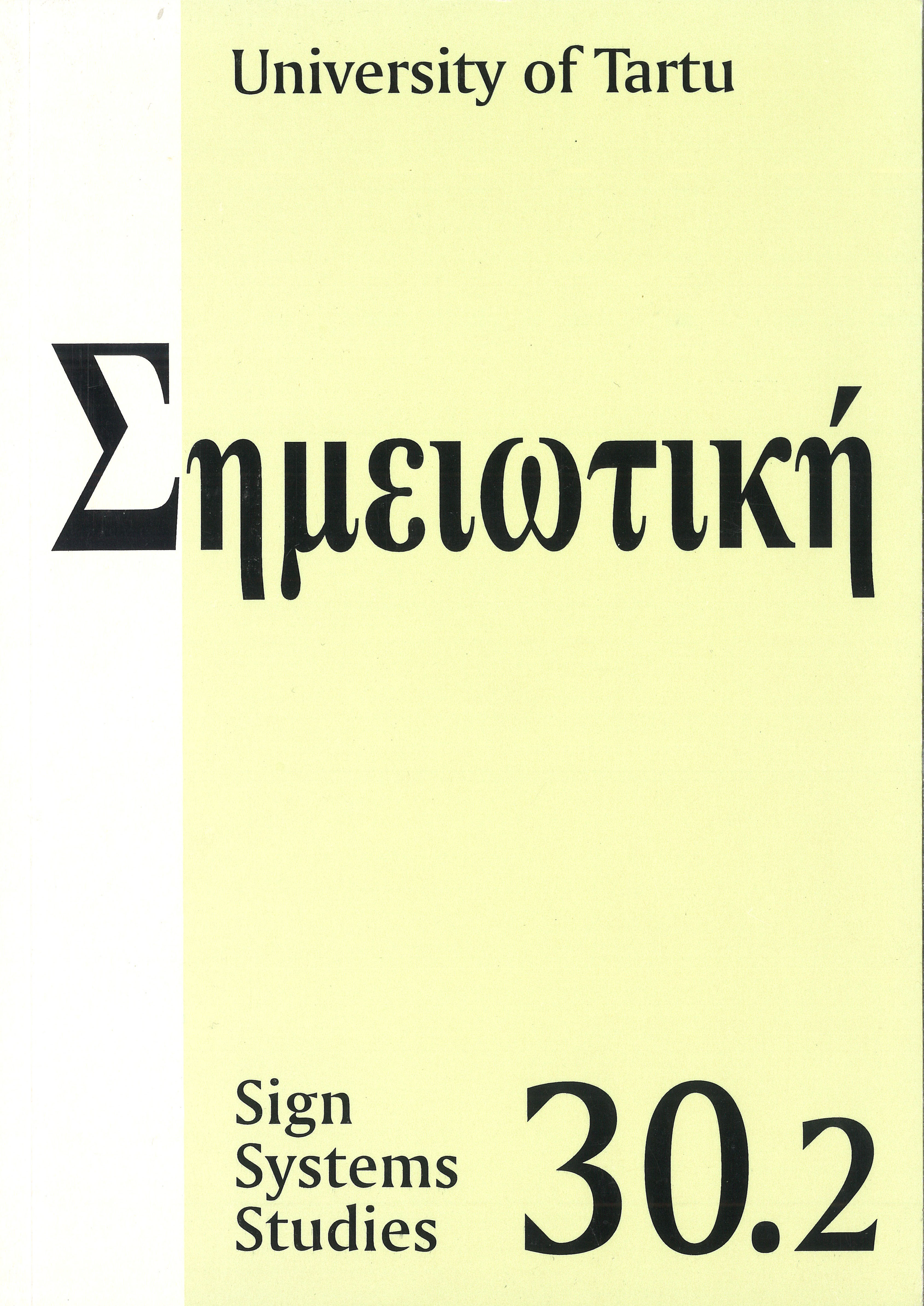Organic codes: Metaphors or realities?
DOI:
https://doi.org/10.12697/SSS.2002.30.2.23Abstract
Coding characteristics have been discovered not only in protein synthesis, but also in various other natural processes, thus showing that the genetic code is not an isolated case in the organic world. Other examples are the sequence codes, the adhesion code, the signal transduction codes, the splicing codes, the sugar code, the histone code, and probably more. These discoveries however have not had a significant impact because of the widespread belief that organic codes are not real but metaphorical entities. They are supposed to lack arbitrariness and codemakers, the two qualifying features of real codes. Here it is shown that the arbitrariness issue can be solved on an experimental basis, while the codemaker issue is dependent on our theoretical description of the cell and can only be solved by a new concept. In order to appreciate the reality of the organic codes, in short, it is necessary to have not only a more critical evaluation of the experimental data but also a new theory of the living system.


